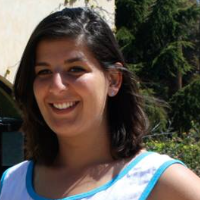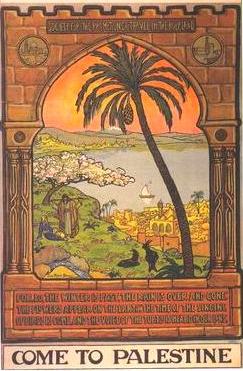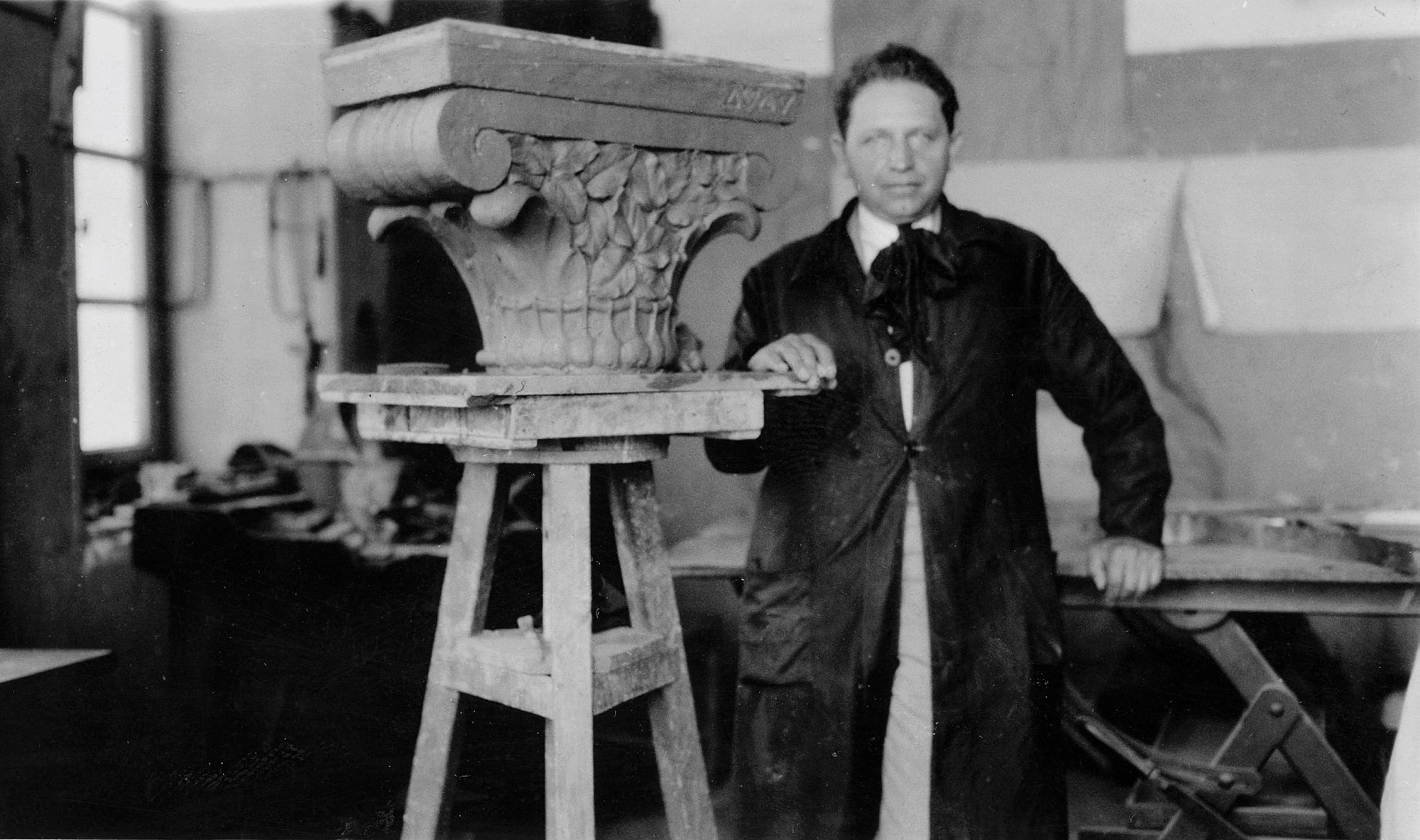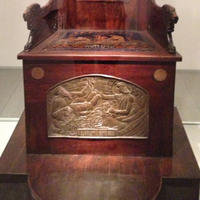More about Ze'ev Raban
Works by Ze'ev Raban

Contributor
Ze’ev Raban emigrated to Israel while it was still Palestine during what is known as the “Second Aliyah”.
He moved in order to work with Boris Schatz, founder of the Bezalel School of Arts and Crafts. Raban became a faculty member there and actually ended up becoming a major figure in the development of a distinct Jewish-Israeli artistic style. This style blends European jugendstil (sorta like Art Nouveau) with traditional Persian and Syrian styles, and often portrays biblical scenes and figures.
Raban’s work often combined many mediums and would end up becoming a group effort under his design and leadership. He has done commissioned work, seen in hotels and hospitals. He also like to produce common objects like a biblical set of playing cards and Jewish objects like menorahs, temple arks, and a special chair for circumcision ceremonies (Woo-hoo!). Raban also participated in the Tower of David in 1921, an art exhibit for Hebrew artists in Palestine that has since become a yearly tradition.
Featured Content
Here is what Wikipedia says about Ze'ev Raban

Ze’ev Raban (Hebrew: זאב רבן; 22 September 1890 – 19 January 1970), born Wolf Rawicki (Ravitzki), was a leading painter, decorative artist, and industrial designer of the Bezalel school style, and was one of the founders of the Israeli art world.
Biography

Early life and education
Wolf Rawicki (later Ze'ev Raban) was born in Łódź, Congress Poland, and began his studies there. He continued his studies in sculpture and architectural ornamentation at a number of European art academies. These included, in 1905, the School of Applied Art in Munich at the height of the Jugendstil movement; in 1907, the neo-classical studio of Marius-Jean-Antonin Mercié at the École des Beaux-Arts in Paris; the Académie Royale des Beaux-Arts in Brussels, then a center of Art Nouveau, under symbolist and idealist artists Victor Rousseau and Constant Montald; and in 1912 he left Europe, joining the Bezalel School of Art in Jerusalem (see below).
Ottoman and British Mandate Palestine

Studies
Under the influence of Boris Schatz, the founder of the Bezalel School of Art, Raban moved to the Ottoman Palestine in 1912 during the wave of Zionist immigration known as the Second Aliyah. Here he continued his studies at the Bezalel school.
Teaching activity
Two years after following Schatz's call, Raban joined the faculty of the Bezalel school. Here he headed the Repoussé Department, taught anatomy and composition, painting and sculpture. Raban also became director of the Graphics Press and the Industrial Art Studio. In 1914 his designs constituted the majority of the works created in the Bezalel workshop. Raban taught at Bezalel until the school had to close down in 1929 due to financial difficulties.
Tower of David exhibition
In 1921, he participated in the historic art exhibition at the Tower of David in Jerusalem, the first exhibit of Hebrew artists in Palestine, which became the first of an annual series of such exhibits.
Check out the full Wikipedia article about Ze'ev Raban











